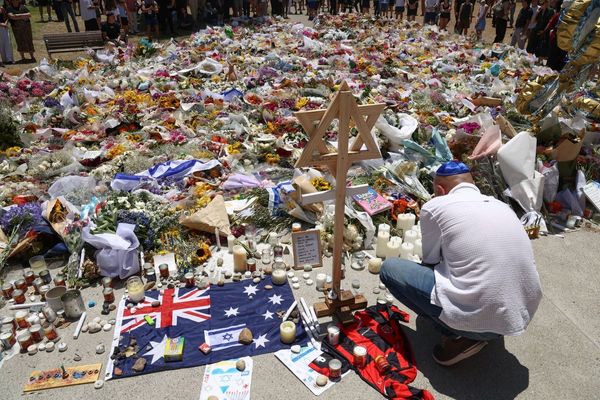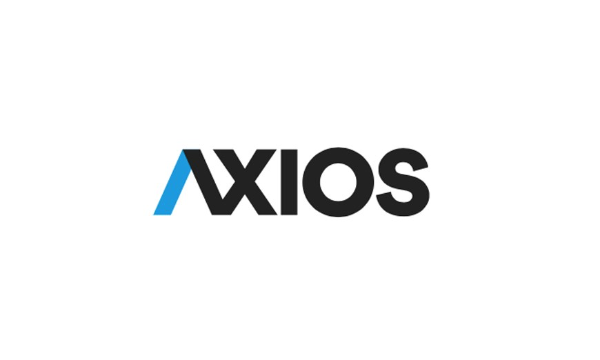
Rematch is one of the newest sports games to arrive on the market. While it might seem familiar to Rocket League or just plain old soccer, the game is an entirely different monster from anything else you’ve experienced. Rematch features some incredibly difficult mechanics to learn and master, requiring hours of practice to even score goals consistently. Practice makes perfect, but you want to ensure that you’re using the right settings in Rematch to know you’re maximizing your time spent in the game.
There are several different settings menus in Rematch, but two of the most important ones are your Gameplay and Display settings. Gameplay settings allow you to customize your experience in-game, while the Display settings ensure that you’re getting the smoothest and most optimal performance from your PC or console.
If you’re a little confused about how to set either settings menu up or you just want some plug-and-play settings in Rematch, then you’re in the right place. Look below for a full list of the best Gameplay and Display settings.
Best Gameplay Settings In Rematch

The Gameplay settings in Rematch are divided into multiple sections. Each one is vital to having an optimal setup for matches, but they can be personal to every player. The best advice we have for you is to try out our initial settings (if you don’t already have a starting point) and play a few games of Rematch. From there, decide what settings you like and which ones you don’t, so you can adjust your settings from there.
Below, we have listed the best overall settings for the Gameplay section of Rematch:
Server
- Preferred Server Location: Auto
HUD
- Minimap Mode: Fixed
- Minimap Size: 40
- Slow Network Performance Information: Enable
Camera
- Camera Speed: 1.8
- Camera Speed Boost: 1.8
- Camera Aim Speed Boost: 1.8
- Camera FOV: 80
- Camera Shake: 0
- Inverted Y Axis: Disabled
- Inverted X Axis: Disabled
Naturally, the most important section of the Gameplay settings is “Camera.” These settings play a major role in how you experience everything that happens during a match. If you don’t have the right camera settings, then you’ll have a much more difficult time performing even the simplest tasks on the pitch.
For a foundation, you want to put all of your camera settings around 1.8. From here, you can tweak the values as you see fit, but we’ve been playing with these settings and found no problems with them so far as it relates to gameplay. Moving on, it’s also imperative that you put your Camera Shake on zero, as you don’t want any shaking going on when you hit the ball or when trying to make a play.
Finally, the Camera FOV can be tweaked player to player, but 80 is a great starting point. If you want to see more of the field, but have a smaller view of the ball, then crank the FOV up as high as it will go. However, if you want a more focused view on the ball in exchange for giving up some peripheral vision, then lower the FOV.
The rest of the Gameplay settings are pretty standard, so you can leave those and forget about them in Rematch.
Best Display Settings In Rematch

Now, let’s cover the Display settings, which will differ depending on whether you’re on PC or PlayStation/Xbox. PC players need to place a huge emphasis on their Display settings, as they determine how your game runs and looks. If you’re on PlayStation or Xbox, this section doesn’t apply to you too much, as Rematch runs fairly well regardless of your console.
You can see the best Display settings for Rematch below:
- Window Mode: Fullscreen
- VSync: Disabled
- Max FPS: Set to your monitor’s highest refresh rate value (i.e., 60, 75, 120, 144, etc.)
- Gamma: 2.2
- Anti-Aliasing Method: TSR
- DLSS Frame Generation: Off (to avoid input lag) or On if you want extra frames
- Motion Blur: 0
- Graphics Quality: High
- Texture Quality: High
- Shadow Quality: Low
- Effects Quality: Medium
- View Distance Quality: High
- Grass Quality: High
- Crowd Quality: Medium
- Post Process Quality: High
- Anti-Aliasing Quality: Medium
Rematch is by no means a graphically intense or FPS-hungry game, so you can leave a majority of your Display settings on either “Medium” or “High.” However, if you’re running older hardware that’s struggling to maintain 60 FPS or your desired FPS, then you simply want to lower every Display setting to its lowest value. Or, you can lower each setting down one value and see how that impacts the visual quality of the game versus your performance increase.
For the most part, though, as long as you meet the minimum or recommended requirements for Rematch, you should be able to run fairly high Display settings without having to worry much about FPS. Of course, that will still depend on your preferences and computer hardware.
And with that, you now have the best Gameplay and Display settings for Rematch.







